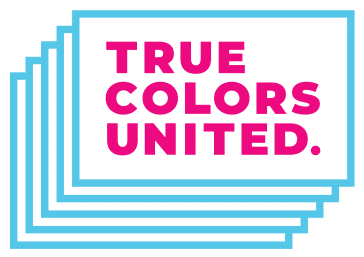
On February 8th, the LGBTQ Homeless Youth Reform Act of 2014 was passed! The Reform Act addresses gaps in serving lesbian, gay, bisexual, transgender, and questioning youth experiencing homelessness in Washington, DC. as well invests in programs to meet their long-term needs.
Here’s what you need to know about the Reform Act:
-
It increases the number of beds for LGBTQ youth experiencing homelessness from 8-18.
-
It establishes a routine count of youth experiencing homelessness that includes LGBTQ youth.
-
It mandates and funds cultural competency training for all shelter providers to ensure that no matter where an LGBTQ young person makes contact with the shelter system, the staff they encounter will be aware of and sensitive to their unique needs.
-
It aspires to fund novel programming through its grant mechanism to address longer-term needs of LGBTQ youth experiencing homelessness such as family reunification and host homes.
“The DC Center has been working on this push for years. We think the bill not only retains our original intent, but was considerably strengthened through ongoing dialogue between the Committee on Human Services and advocates and providers,” stated Dr. Eddy Ameen, Chair of the Youth Working Group and Secretary of the DC Center Board of Directors. “The DC Center recognizes that creating more emergency shelter space is a stop-gap measure and commits its energy to ending youth homelessness in the District by 2020.” The Reform Act aims to do just that, by focusing not only on emergency services, but also by investing in family reunification and host home programs.
In addition to providing funding to support programs for LGBTQ youth in DC, the bill will require systematic data collection on LGBTQ youth used to inform best practices in working with them. Maggie Riden, Executive Director of the DC Alliance of Youth Advocates, hopes these trainings will “ensure that no matter where a homeless LGBTQ youth interacts with the shelter system, they will be treated with dignity, respect and sensitivity that is grounded in cultural competency.”
One of the great successes of the Reform Act is its protections for transgender youth, which as Alison Gill, Government Affairs Director at the Trevor Project, puts it, “clarify what nondiscrimination on the basis of gender identity and expression really means.” She continues:
In order to provide adequate and nondiscriminatory services for these youth, it is essential that their gender identity is respected in terms of dress, shelter, bathroom usage, and names and pronouns. By incorporating these provisions into the law itself rather than hoping for good regulations, we can make clear how transgender youth should be protected.
This approach to addressing the needs of transgender youth serves as an excellent model not only for how communities can earn protections for youth, but also for they can communicate why such protections are necessary.
“The biggest lesson is the importance of collaboration,” Ameen said. Riden expressed similar feelings, stating, “No single group could have accomplished this- but the collective effort of so many partners made it a reality at a time when, at least in DC, it seems services to homeless and unstably housed individuals are scarce.” Brian P. Watson, Executive Director of the Wanda Alston Foundation, advises others wishing to work on similar legislation to “never forget the allies. They sometimes have the biggest part to play in moving your agenda forward.”
The passage of the LGBTQ Homeless Youth Reform Act of 2014 is an important next step in formalizing the needs of the LGBTQ youth homelessness community. Congratulations to city lawmakers, advocates, and service providers who collaborated on this success!
You can see the bill here.
